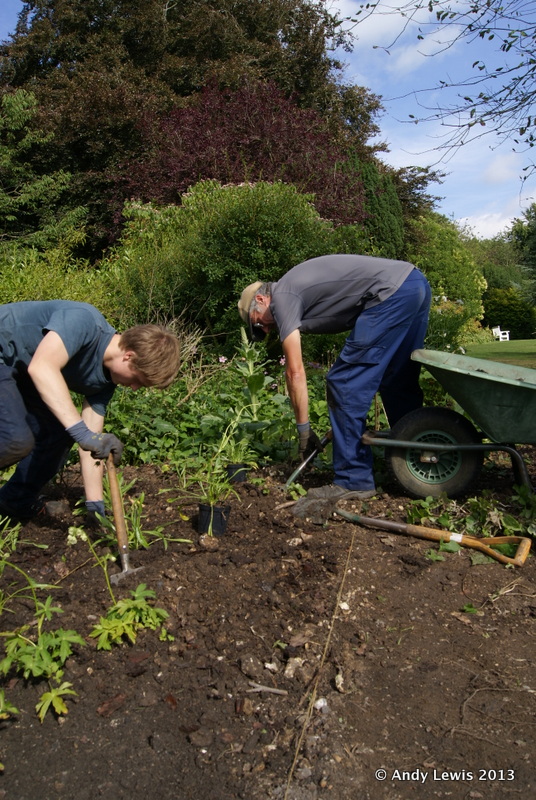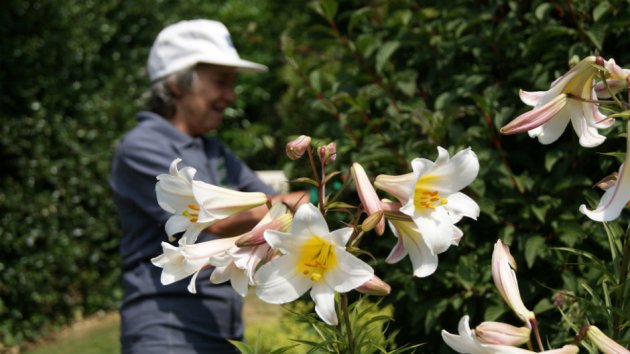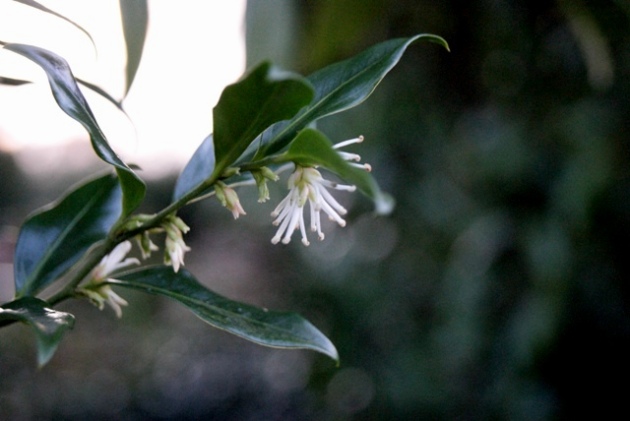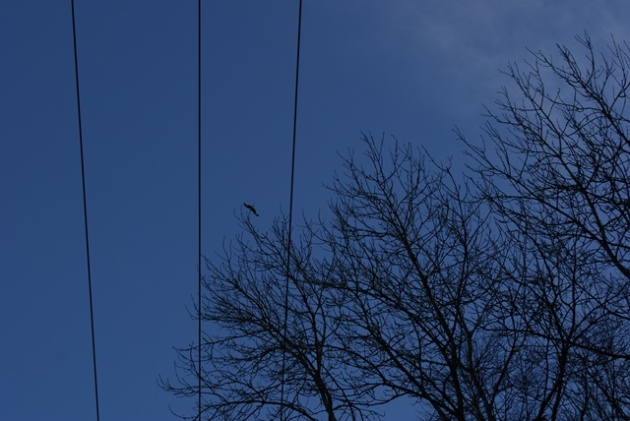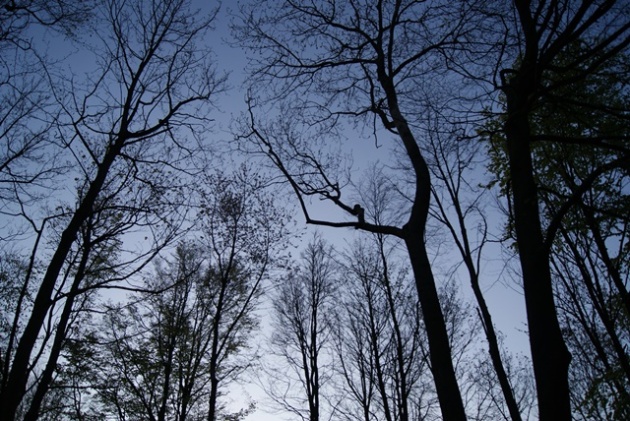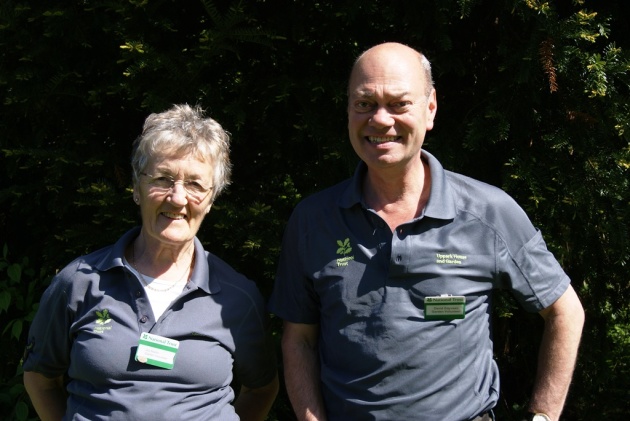
Summer afternoon…..the two most beautiful words in the English language.
Henry James 
Above: Sweet pea ‘Cupani’ flowering in the scented garden last year.
I retain a very clear memory of writing the July 2014 Uppark garden blog in June last year. I sat outside in the garden under a sunshade and once the first draft was done we went to the beach for an early evening swim. This year, summer has arrived a little later, but it is here at last. My blog last July focused on two favourite areas of the garden, I tried to imagine what ingredients made up the perfect outing for a summers’ day and, as with previous pieces, adopted a descriptive, ruminative approach. Following my first attempt to produce a vaguely instructional “Learn with David” piece in May. I’m still determined to develop my horticultural knowledge and write something both useful and entertaining into the bargain. I can’t guarantee, actually, that I can still remember the finer points of all the plants covered in “Belonging To May” but having just checked, yes, I think some of it has stuck. So, with that positive in my back pocket, here’s a small selection of the plants it’ll be worth looking out for in the garden at Uppark during July.
Achillea filipendulina ‘Cloth of Gold’

This is a species native to central and south west Asia that has become naturalised in parts of Europe and North America. Also popularly known as yarrow, or “fern-leaf” yarrow (given the fern-like nature of its leaves) Achillea filipendulina enjoys a sunny position in moist but well-drained soil and grows large flattened heads of bright, “old gold” yellow flowers whose robust nature makes them popular within the flower arranging fraternity. I was surprised to discover that Achillea is part of the sunflower family but thinking about it, similarities exist between their hard flat textures and bright yellow colouring. In addition, and here’s the clincher for an amateur, both share the scientific family name of Asteraceae (I looked it up so now we know!). Achillea can be found throughout the garden but most notably in the island beds and the dairy bank and restoration borders.
Rosa gallica ‘Versicolor’

Variously known commonly as Rosa mundi and French Rose, this is a very old rose and one of the earliest cultivated species; the Greeks and Romans were known to have valued and cultivated Rosa gallica and it was also a feature of mediaeval gardens. On further investigation, this enticing mediaeval link was reinforced when I learnt that Rosa gallica also goes by the name of “Rose of Provins”, a name allegedly coined in praise of “Fair Rosamund”, a mistress of the Angevin King of England Henry II (yes, he of Thomas a Becket and Murder in the Cathedral fame). Bearing pink and white splashes on a crimson background, we have a small young Rosa gallica in the restoration border, and specimens can also be found in the tea garden and in one of the island beds. Leaving aside the “Clemaytis”/“Clemmitis” pronunciation debate, we have three types of Clematis for you to look out for in July (actually, though, what is the correct pronunciation and whilst we’re on the subject, on which side of the fence do you sit regarding the “scoan”/”sconn” argument? Answers on a postcard please, as we used to say, or via email and/or your social media vehicle of choice. Thanks and that’ll settle that!).
Clematis viticella ‘Alba Luxurians‘

This Clematis originally hails from central southern Europe and west Asia and can be found on Upparks’ long dairy bank border. Clematis viticella has an extended flowering season, its green tipped white and mauve fringed flowers bloom from mid summer to late autumn. It adds long-lived interest to this most romantic (or scandalous) part of the garden. Clematis viticella is an extremely tough and hardy plant and this makes it perfectly suited for survival in the dairy banks’ full summer sun, the bracing wind and rain that whips across the west lawn in winter and some heavy South Downs frosts also.
Clematis viticella ‘Madame Julia Correvon‘

A more compact version of Alba Luxurians showing rich red flowers with pale pink undersides, which, like its cousin, bloom throughout the summer into early autumn. Although Correvon refers to the prominent nursery family, the plant was introduced to France in 1900 by Francisque Morel only to disappear from the trade during the perilous decade of the First World War. Clematis viticella ‘Madame Julia Correvon’ made a re-appearance some years later and, somewhat precariously, I gather that it was restored to the English market from a single Hidcote Manor specimen. Francisque Morel was also responsible for the introduction of our third highlighted July Clematis, Clematis viticella ‘Etoile Violette’.

C.‘Violet Star’ in English and also known as Italian Clematis or “Italian leather-flower” this heirloom cultivar is an earlier, 1885, Morel development and presents deep purple sepals around a cream stamens. This Clematis viticella ‘Etoile Violette’ can be found on the dairy bank border.
Known commonly as Rock Rose, Helianthemum ‘Henfield Brilliant’ (below) displays grey green leaves and single bright orange flowers from the mid-summer. Perfect for long hot summers (we wish!) given its ability to thrive in poor soil and direct sunlight, even the Greek derivation of Helianthemum reminds us that this is a proper July plant – helios (sun) and anthemon (flower). Perfect, I never knew there was such simple poetry in plant nomenclature! 
Geranium macrorrhizum ‘Spessart’ (below)

Like so many other Geranium species, this one performs such a useful role in providing quick and colourful ground cover for shady areas that it’s easy to take its elegant beauty for granted. ‘Spessart’ produces white flowers flushed with pink in summer whilst continuing to display into the autumn when its leaves turn a rich bronze and red. An aromatic herbaceous perennial native to eastern North America and named after the Sevillian Nicolas Monardes, who described American flora as long ago as 1569, Monarda didyma ‘Cambridge Scarlet’ (below) bears rich scarlet flowers from mid-summer to early autumn. Whilst Native Americans used the plant for medicinal purposes and its fragrant leaves are sometimes used for potpourri (apparently they’re edible too), the perfumed flowers of Monarda didyma are also attractive to butterflies, bees and (in the right part of the world) to Hummingbirds too.

Finally, Philadelphus coronarius ‘Variegatus’ or ‘Mock Orange’ (below) to the uninitiated, is a native of southern Europe and I was intrigued by the idea that the coronarius element of this deciduous shrubs’ name relates its use in garland making (this makes sense; think “crown”/”coronarius”). Also known as Bowles Variety, this common nomenclature is in memory of E.A.Bowles, a significant self taught British horticulturalist who developed the important garden at Myddelton House in Enfield, Middlesex, during the first half of the C20th.
 There’s a lot to take in here and if I can remember half of it to infiltrate into one of the Thursday garden tours (2pm at the garden entrance – free event, normal admission charges apply) I’ll be doing well. Come up and test me on it and don’t forget to let us know your preferred pronunciation of Clematis (and scone!) too.
There’s a lot to take in here and if I can remember half of it to infiltrate into one of the Thursday garden tours (2pm at the garden entrance – free event, normal admission charges apply) I’ll be doing well. Come up and test me on it and don’t forget to let us know your preferred pronunciation of Clematis (and scone!) too.




